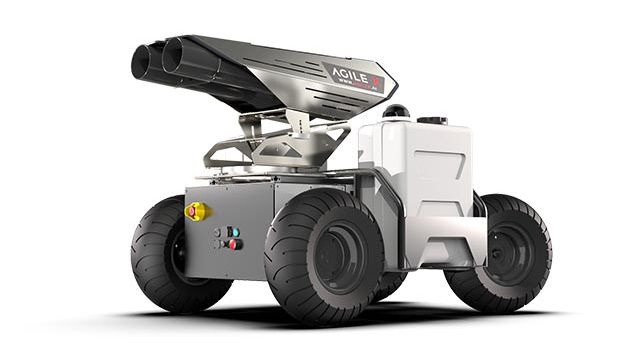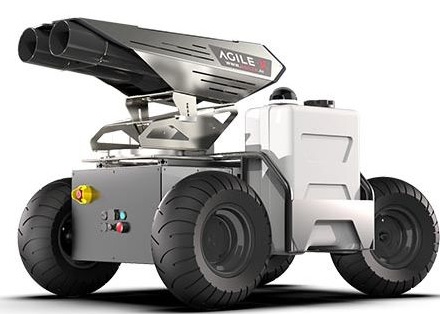
In the rapidly advancing realm of technology, mobile robots and mobile robotics have emerged as fascinating subjects, contributing to a wide range of industries and applications. From manufacturing and logistics to healthcare and exploration, these innovative machines have revolutionized the way we interact with automation. In this article, we’ll delve into the captivating world of mobile robots, understanding their definition, functionalities, applications, and the future they promise.
Introduction
The integration of robotics into various domains has led to remarkable advancements, with mobile robots being one of the most noteworthy creations. These intelligent machines are designed to navigate and perform tasks autonomously, often resembling creatures of science fiction.
2. Defining Mobile Robots
A mobile robot is a specialized robotic system capable of moving and operating in a defined environment. Unlike traditional robots confined to a single spot, mobile robots possess the ability to explore, navigate, and execute tasks in diverse locations.
3. Components and Mechanisms
Mobile robots are equipped with a multitude of components, including sensors, processors, actuators, and power sources. These elements work cohesively to provide the robot with awareness of its surroundings, decision-making capabilities, and the physical ability to move.
4. The Evolution of Mobile Robotics
The journey of mobile robotics traces back to the mid-20th century when the first programmable robot, Unimate, was introduced. Over the years, advancements in sensors, AI, and materials have propelled mobile robots into new dimensions of efficiency and adaptability.
5. Types of Mobile Robots
5.1 Wheeled Robots
Wheeled robots utilize wheels for locomotion, enabling swift movement across flat surfaces. These robots find applications in warehouses, hospitals, and even planetary exploration.
5.2 Tracked Robots
Equipped with tracks, these robots excel in traversing rough terrains and uneven surfaces. Their stability makes them suitable for tasks in construction, agriculture, and search and rescue missions.
5.3 Legged Robots
Inspired by biological creatures, legged robots mimic walking patterns. Their versatility allows them to navigate environments that are challenging for wheeled or tracked robots.
5.4 Flying Robots
Also known as drones, flying robots navigate through the air and are indispensable for tasks like aerial photography, surveillance, and disaster assessment.
6. Applications Across Industries
Mobile robots have transcended various industries, enhancing efficiency and accuracy. They assist in automating manufacturing processes, performing intricate medical procedures, delivering goods, and exploring hazardous environments.

